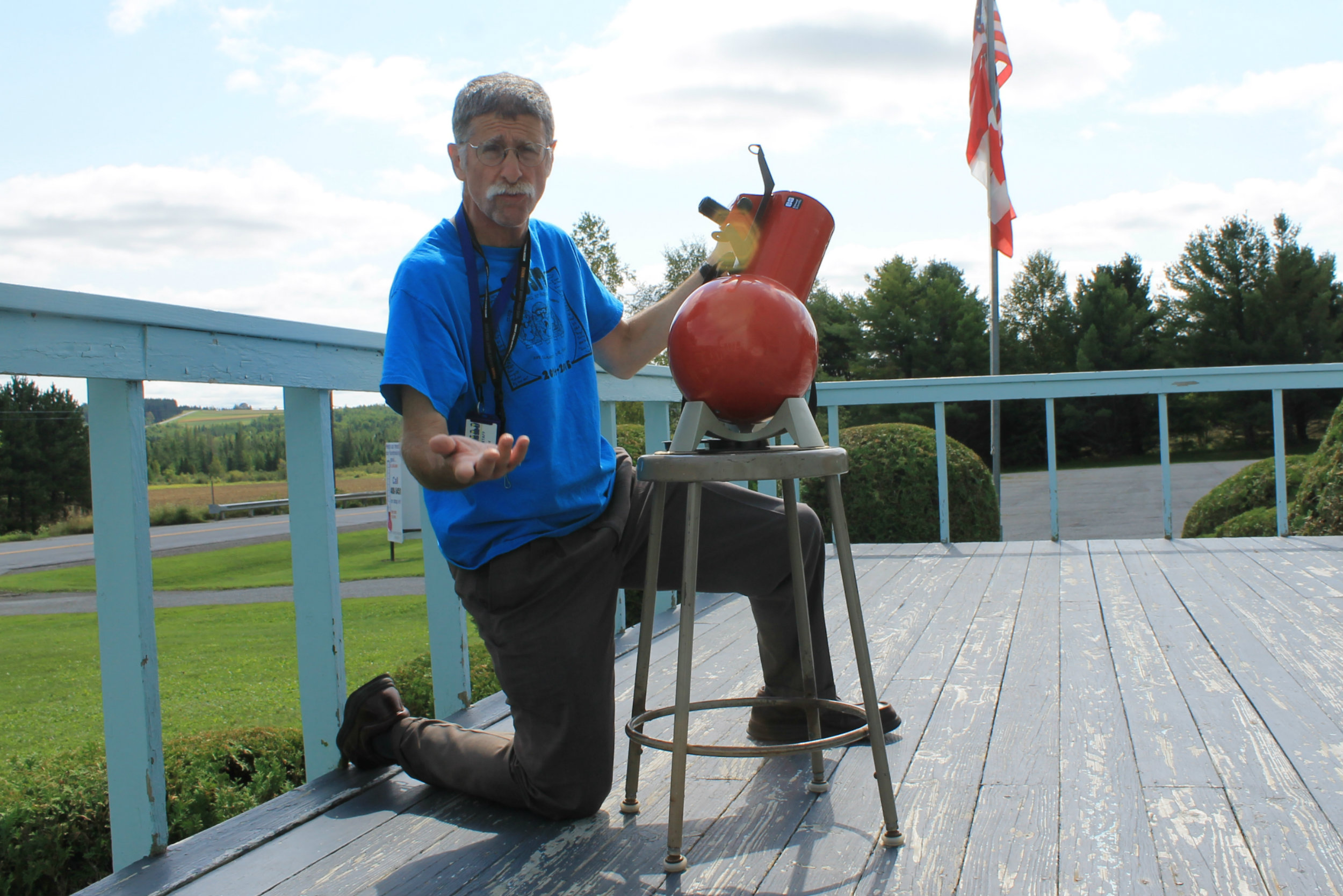
Larry Berz, one of Aroostook County’s most enthusiastic stargazers, is heading west for the best views of Aug. 21st’s solar eclipse, which only will be partially visible in Maine. But he’ll be here on April 8, 2024.
“Everyone in America should be looking up on Monday, August 21,” said Berz, planetarium director of the Francis Malcolm Science Center in Easton and a long-time teacher at the Maine School of Science and Mathematics.
“It’s an American eclipse. This will get people thinking about something beyond themselves.”
Starting at about 1:30 p.m. Monday, the U.S. will see its first total solar eclipse since February 1979. Those in the “path of totality” — running southeast from Oregon to South Carolina — will have a superb view of the rare event, where the moon will gradually obscure more and more of the sun’s light.
To those in the totality path, during the eclipse’s roughly two-minute peak, only the sun’s white, luminous corona will be visible and the sky will become almost as dark as night.
Others in North America will see the moon partially obscure the sun, but Mainers will still have an interesting view. “We haven’t seen a partial eclipse this significant since Christmas of 2000,” Berz said.
“I’ve waited almost 40 years for this,” said Berz, who grew up as a skywatcher in suburban Chicago during the space age and came to Aroostook County to work at the Francis Malcolm Science Center in 1988.
- On August 21, 2017, a total eclipse of the sun will span the entire United States, crossing from the West Coast to the East Coast, for the first time in 99 years. (Dreamstime/TNS)
Berz is heading west to see the eclipse from the path of totality, like an estimated 7 million other skywatchers from around the country. While he won’t say exactly where he’s going, Berz has been recommending that others consider making a spontaneous road trip to a state where the total eclipse will be visible.
“It’s still not too late. Put the kids in the van and head down the road,” Berz said. “It’s probably a two-day drive to Kentucky or Tennessee and you’ll never forget it.”
Here in northern Maine, the sun will be about half-obscured by the moon — a fine sight, though something that could be missed, Berz said.
“With the right tools you certainly will notice it,” he said, suggesting picking up a pair of eclipse glasses being sold at Lowe’s. And he added,“don’t look right at the sun.”
While viewing can be a great family activity, it is not safe to look directly at the sun even during solar eclipses as the rays can cause permanent eye damage. Aside from using special glasses, spectators can build their own pinhole projection viewer to watch the natural phenomenon.
The starting times of the eclipse will vary by location, beginning at 1:29 p.m. in Portland and 1:32 p.m. in Presque Isle. The further away from the path of totality, the smaller the moon’s covering of the sun will be, according to the University of Southern Maine’s Southworth Planetarium. In Portland, the sun will be 58.8 percent obscured at maximum eclipse (at 2:45 p.m.) while in Presque Isle, the sun will be 48.9 percent obscured during the peak (at 2:44 p.m.), according to figures from Space.com.
For Berz, the 2017 eclipse will be a preview of one he’s looking forward to locally. On April 8, 2024, Aroostook County will be in the path of totality for another solar eclipse.
“You won’t need to fly to Oregon or anywhere else on April 8, 2024,” Berz said.








